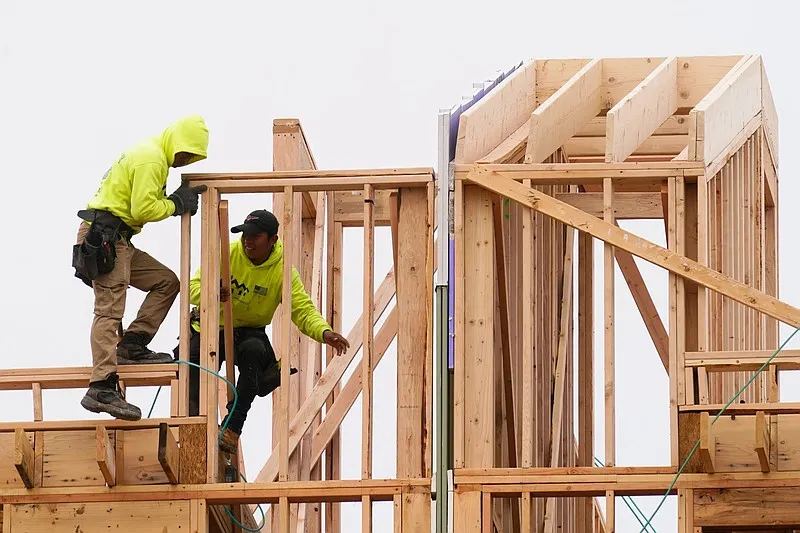Housing starts retreat in March
Total housing starts dropped 14.7% to a 1.32 million-unit pace during March. Single-family and multifamily starts both declined during the month. Although harsh weather in some parts of the country and the early Easter holiday partially explain March's decline in starts, single-family and multifamily permits also pulled back. The broad-based weakening in permits suggests builders and developers might be becoming less optimistic about prospective demand given persistent inflation and the potentially higher-for-longer interest rate environment.
Single-Family construction slips in March
- Single-family starts fell 12.4% in March, a sharp decline which partially offsets February's robust gain. On balance, single-family ground-breakings are still trending higher, with the pace of starts up 27.1% on a non seasonally adjusted year-to-date basis.
- The general improvement in single-family construction over the past year despite higher interest rates reflects builders' ability to leverage incentives such as mortgage rate buy-downs and price discounts to support sales. A dearth of available homes for sale in the existing market has been another boon for builders.
- Those dynamics appear to be shifting slightly, however. Resale supply remains tight, but inventories have risen so far in 2024. What's more, the slower-than-anticipated cooling in inflation has pushed out expectations for rate cuts this year. Consequently, interest rates have increased markedly over past several weeks, with the average 30-year mortgage rate shooting up to 7.4% as of April 15 according to Mortgage News Daily.
- The volatility in rates and fresh uncertainty in regard to monetary policy may be starting to give builders pause. Single-family permits fell 5.7% in March, the first monthly decline since January 2023.
- We still expect single-family construction to gradually improve over the course of this year, with a structural shortage in housing supply and sturdy economic growth as tailwinds. That said, higher interest rates may limit the pace of new development.
